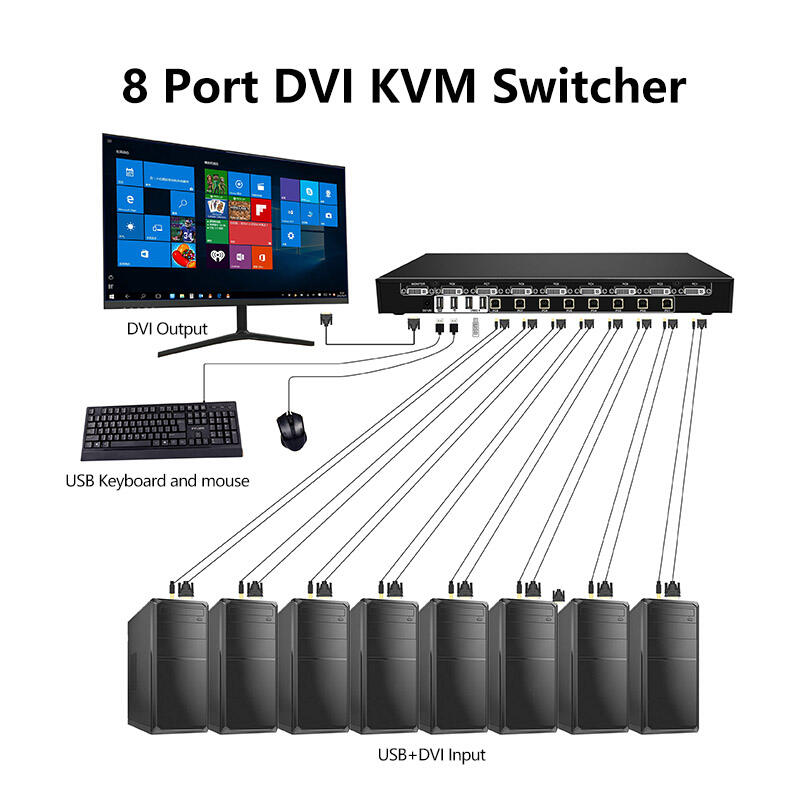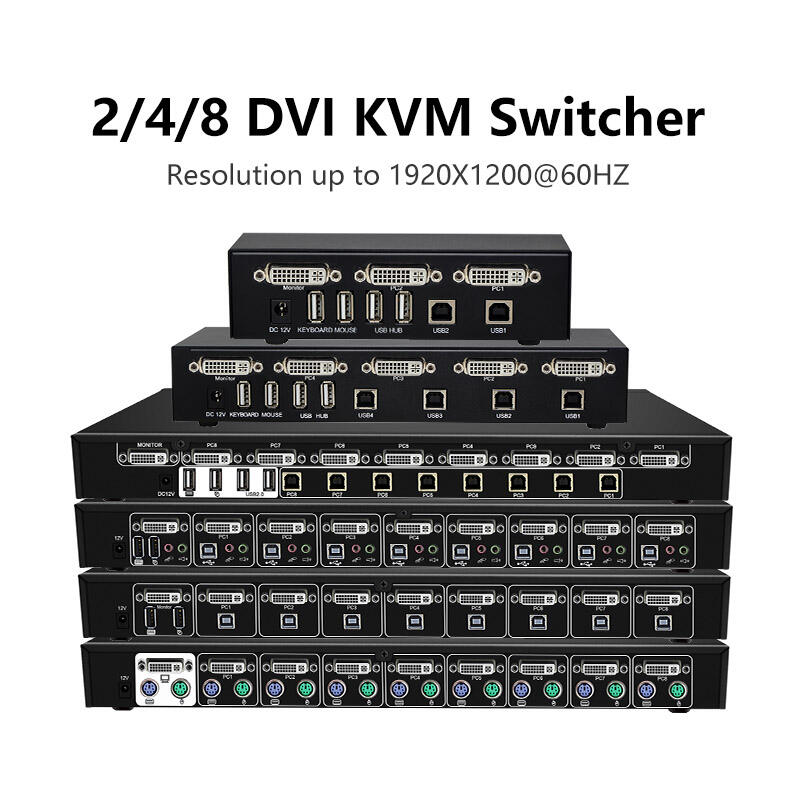DVI: Digital Video Interface Standard
DVI (Digital Visual Interface) is a standard for transmitting digital video signals. It is mainly used to connect computer graphics cards to display devices such as monitors and projectors, providing clear and high - quality digital video images. There are different types like DVI - A (analog), DVI - D (digital), and DVI - I (integrated).
Get A Quote

